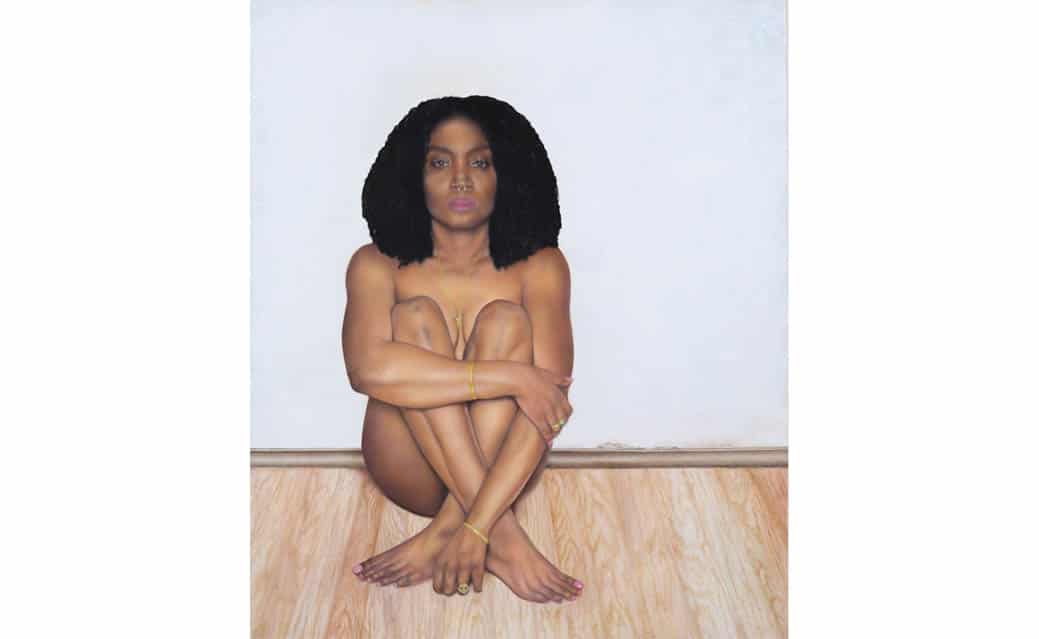Jasaña Alleyne’s Portrait of Inclusivity
In an interview with The Medium, this visual artist and UTM alumna highlights a lack of diversity, showing art as an incomplete canvas.
“What drives my work the most is representation,” said Alleyne, a Trinidadian artist and UTM alumna whose work is inspired by the likes of Kehinde Wiley and Kent Monkman. Like her inspirations, who materialize minority representation in the Eurocentric history of art, her work seeks to decolonize nineteenth-century painting by repurposing the aesthetic traditions and techniques to portray Black people.
Alleyne’s series Renaissance Reimagined emphasizes the dominant aesthetic techniques of the Renaissance period while using a contemporary lens to critique and acknowledge its lack of diverse representation. The aesthetics of her work are heavily inspired by Dante Gabriel Rossetti, a nineteenth-century English painter and member of the Pre-Raphaelite Brotherhood—a group of artists formed in 1848.
Alleyne’s work does not strive to denounce the canonical works of Western art but rather seeks to bring equality to the Renaissance. By diversifying representation, she hopes to create an inclusive body of work that inspires people toward art rather than away from it.
“In my first semester I was sitting in all these art courses, [looking at] all of these beautiful paintings, and the only people who looked like me were slaves, or savages, or deviants,” said Alleyne.
Throughout her formal training at UTM, Alleyne immediately recognized that this lack of representation was not only confined to what is framed within the painting; there is also a severe lack of representation of Black artists.
“If you look at representation in galleries, if you look at artists who are celebrated, there are so many amazing Black artists that we don’t really get exposed to,” said Alleyne. [Our representation] is even missing in institutions and education,” she added, recalling the lack of diversified art courses offered at UTM.
Not only does this lack of representation make it difficult for minority groups to feel included in art history, but it also affects the way museums are curated, classes are taught, and artists are discovered. If every “masterpiece” you studied was of a white man and by a white man, you would be forgiven for holding a few biases.
“If we want all of these students to go out into the world and have inclusive classrooms, or curate responsibly, why aren’t we shaping the whole educational experience to expose them to art from everywhere? If we want well-rounded art historians we can’t say ‘here’s a million courses of Western art, now go do your thing.’”
Alleyne noted that a lack of representation is not just something that needs to be corrected from the past, it needs to be corrected in the present or else its consequences will continue to shape the future.
“Art managers, art historians, education administrators—I think it’s up to everybody to make a little bit of a change so all those changes can become something huge.” Alleyne is currently working on a series of portraits of Orishas. Orishas are a collection of deities from the Ifá oral tradition and Yoruba-based religions of West Africa. The paintings continue to reimagine established classical aesthetics by subverting Catholic imagery with West African religious imagery.
Alleyne plans to finish the series by the end of 2022 and is currently in talks with a curator about an exhibition. In the meantime, you can follow her on Instagram @Jazzy_jasana, Twitter @Jasana_Alleyne, and visit her website at jasana-alleyne.com.

